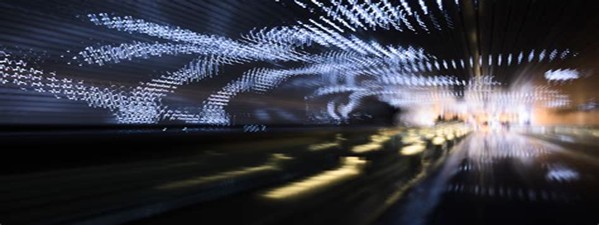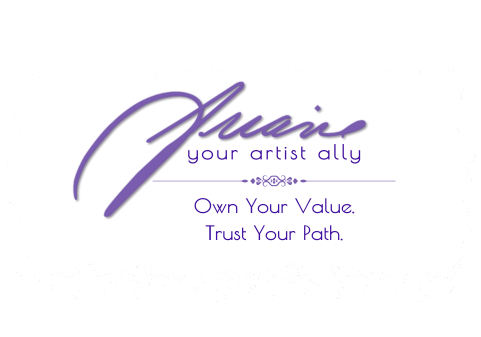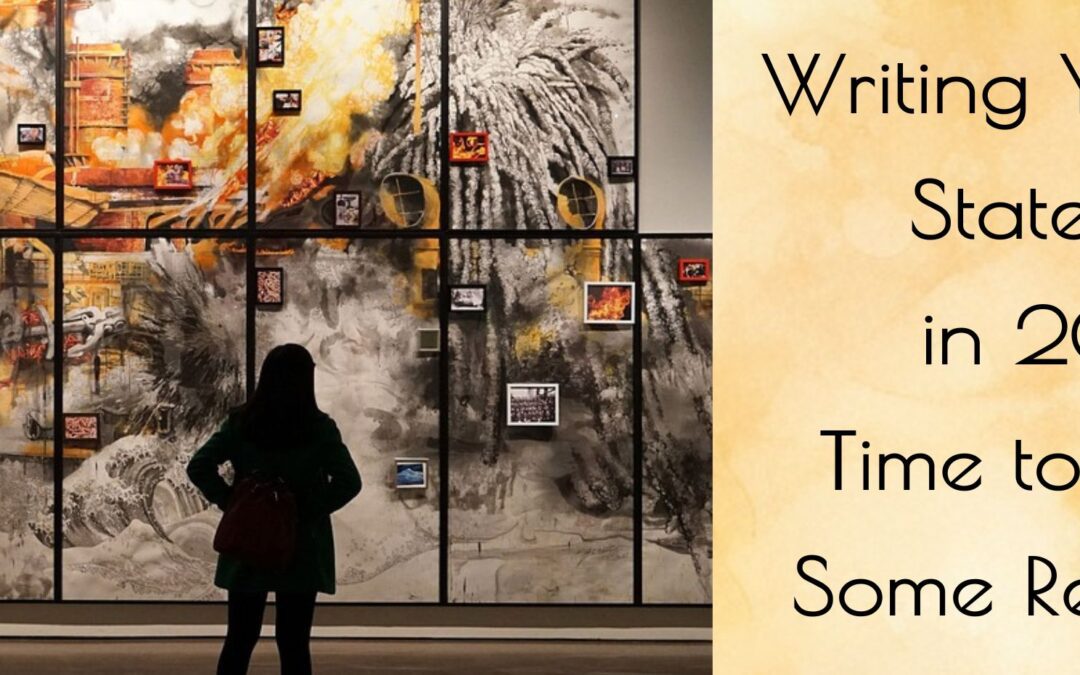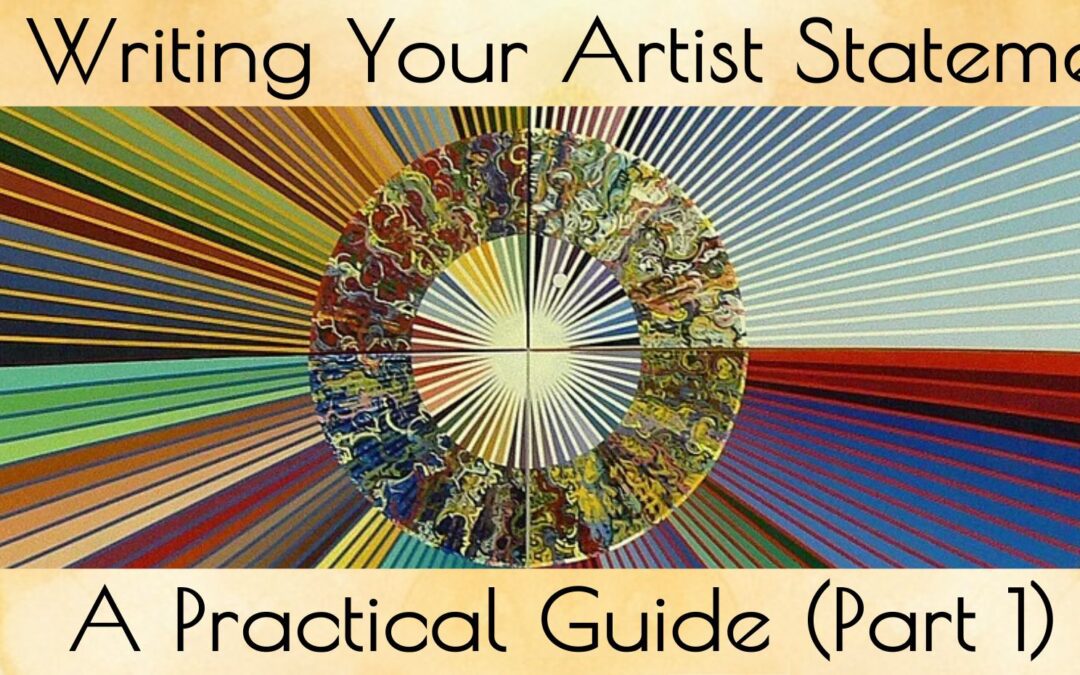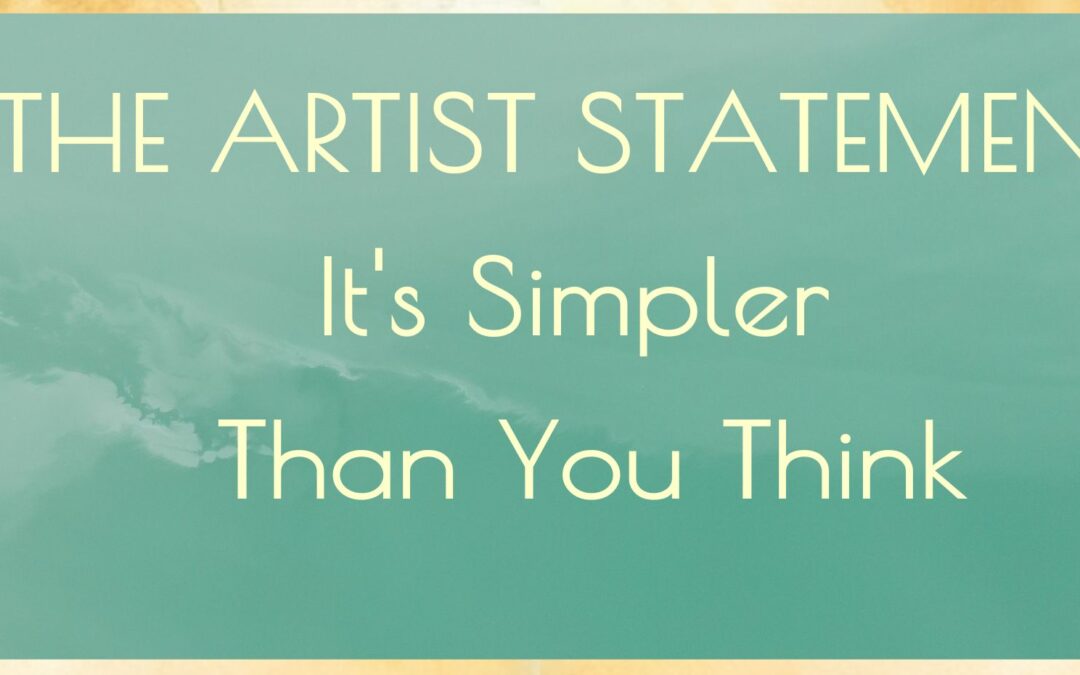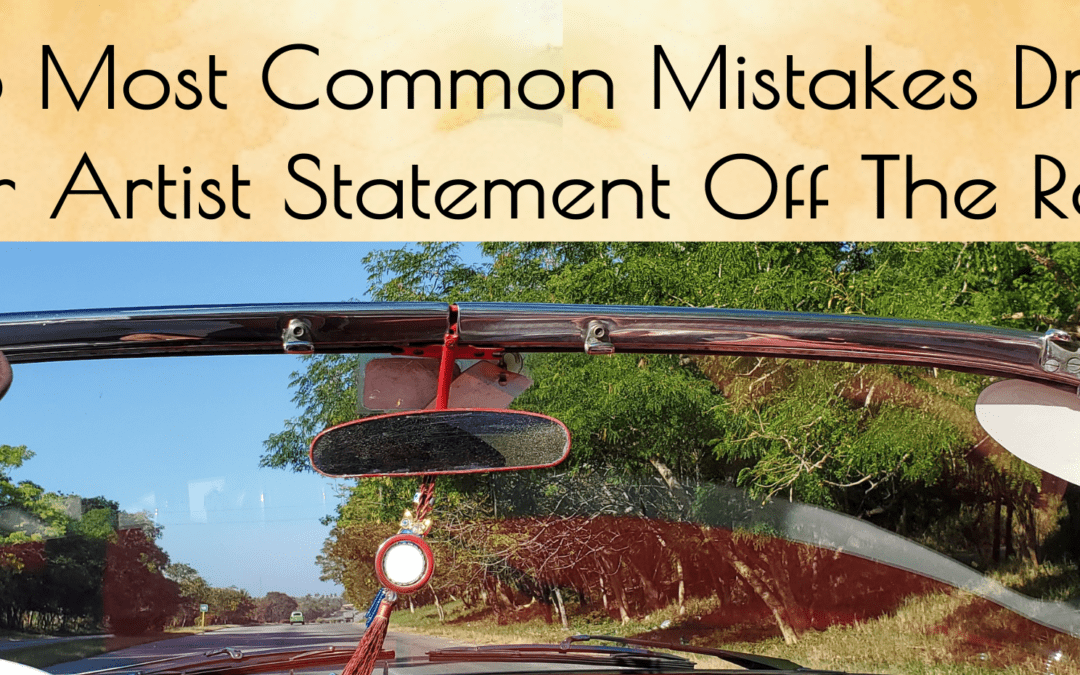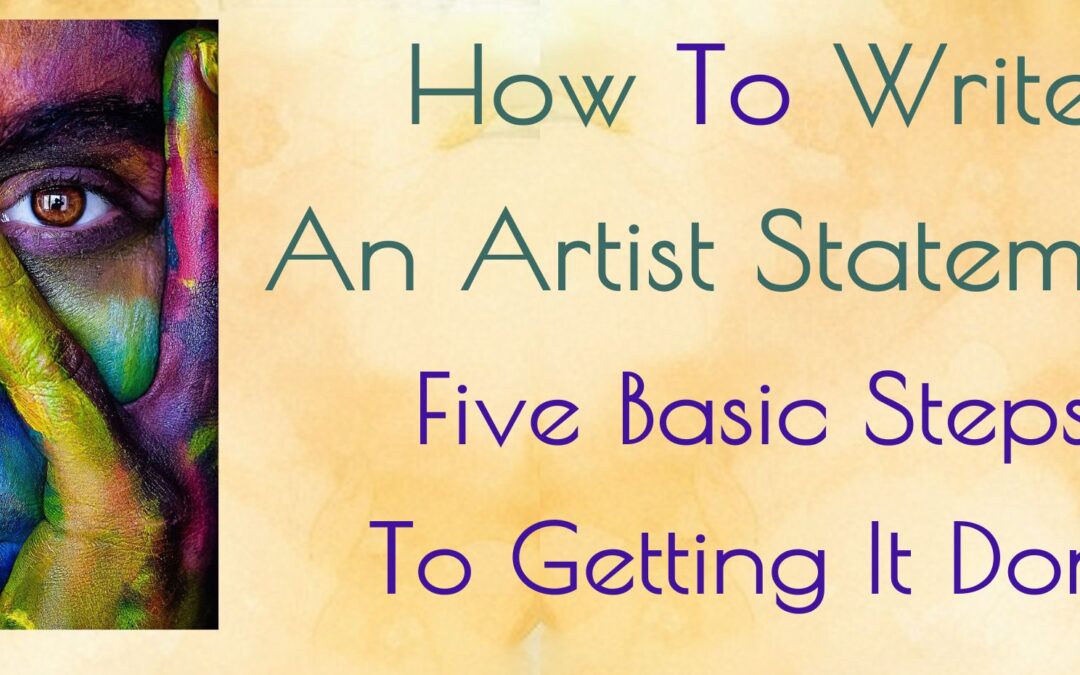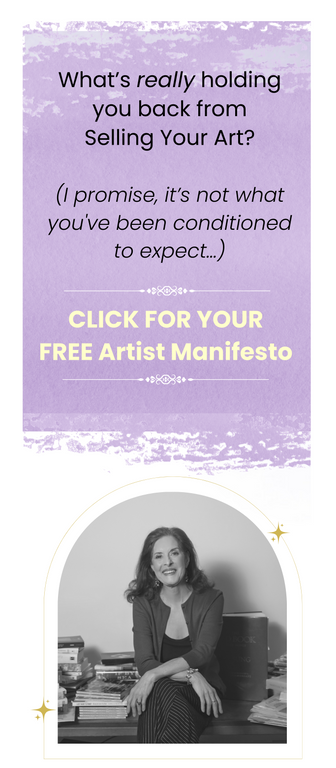Post-surgery scattered my sense of time to the four corners of the couch where I was recovering. Not just the tick-tock of time on my watch or phone, but that deeper rhythm that hums beneath our lives: my natural circadian rhythm—the one our culture seems determined...
